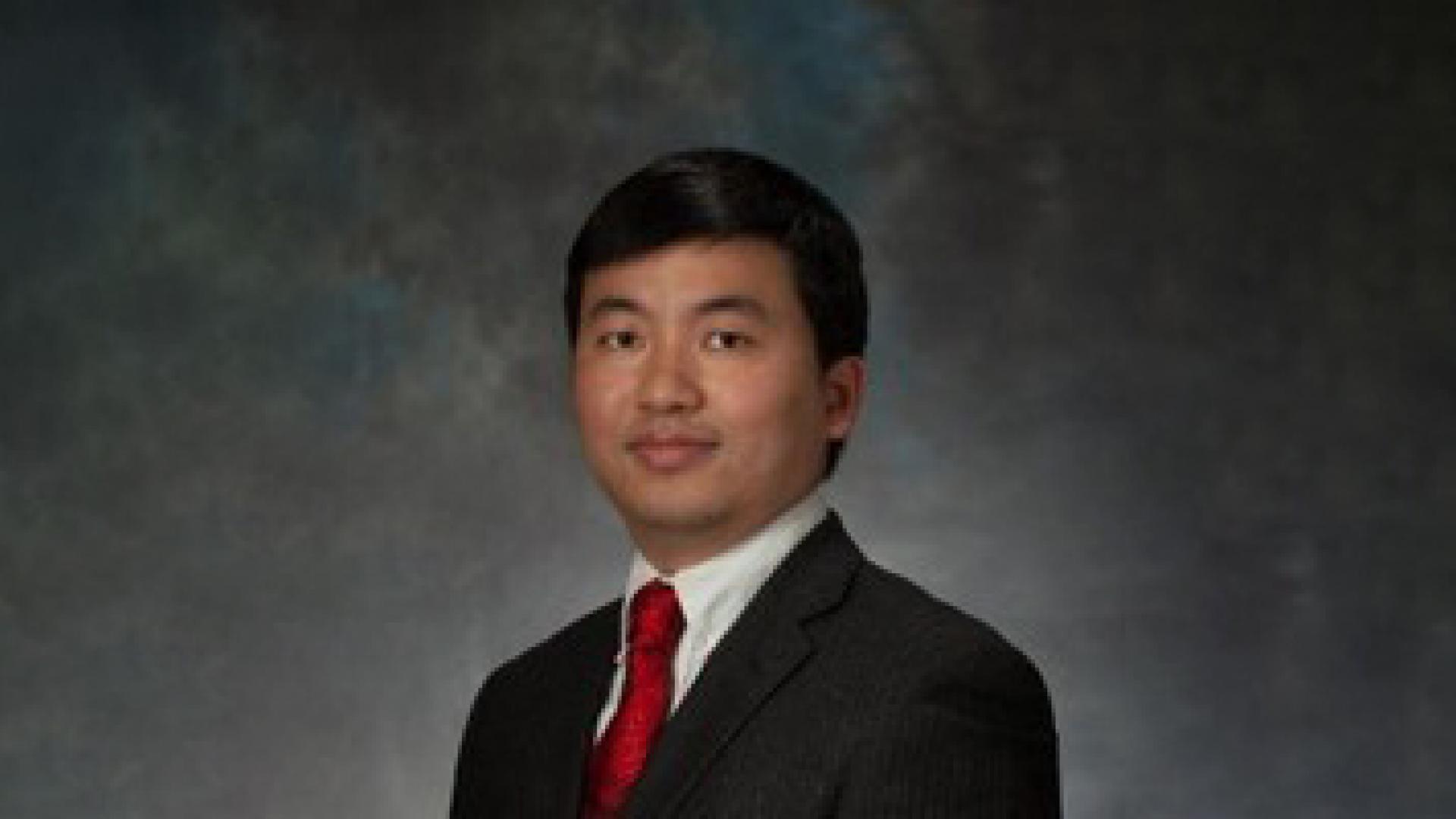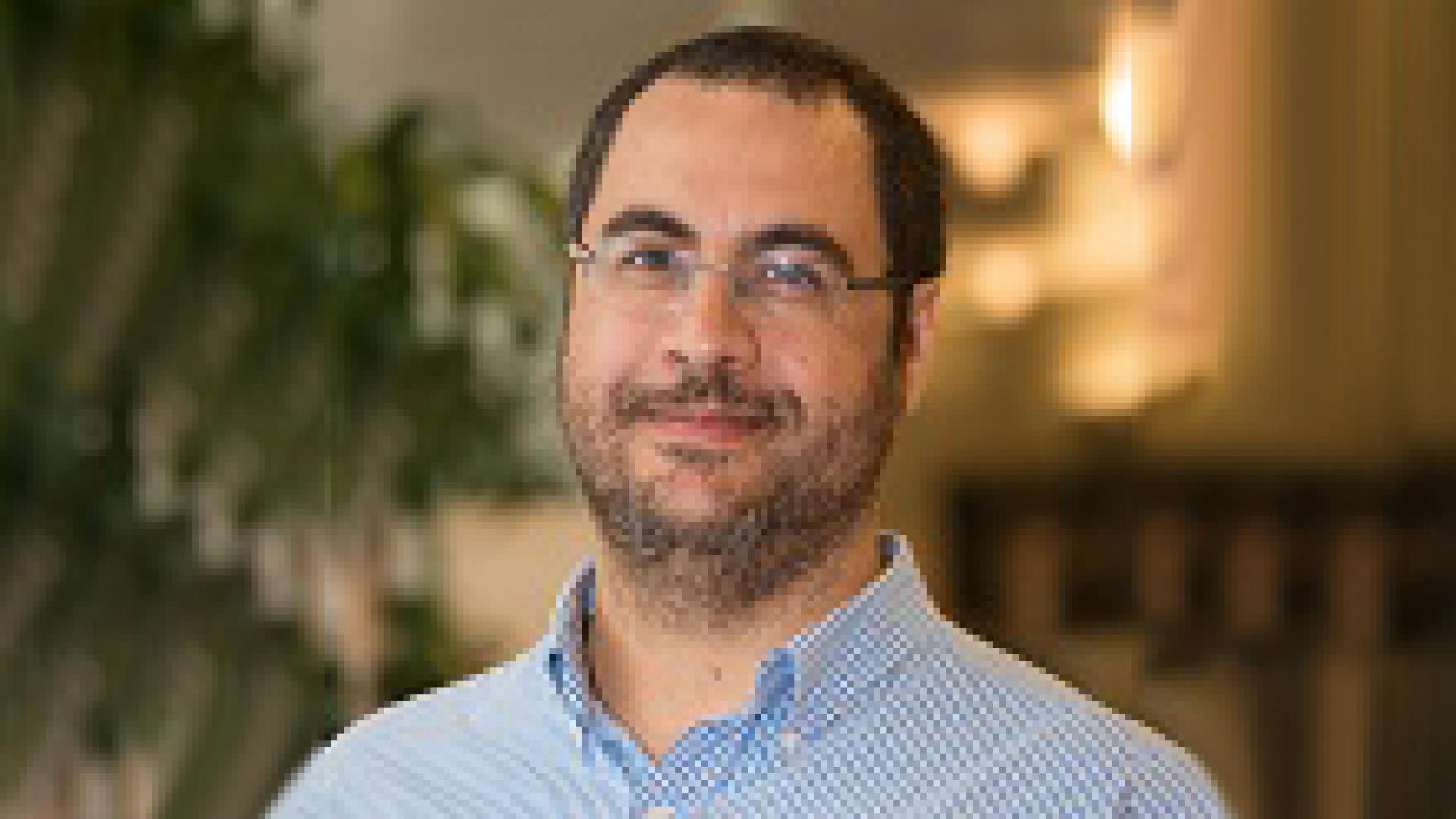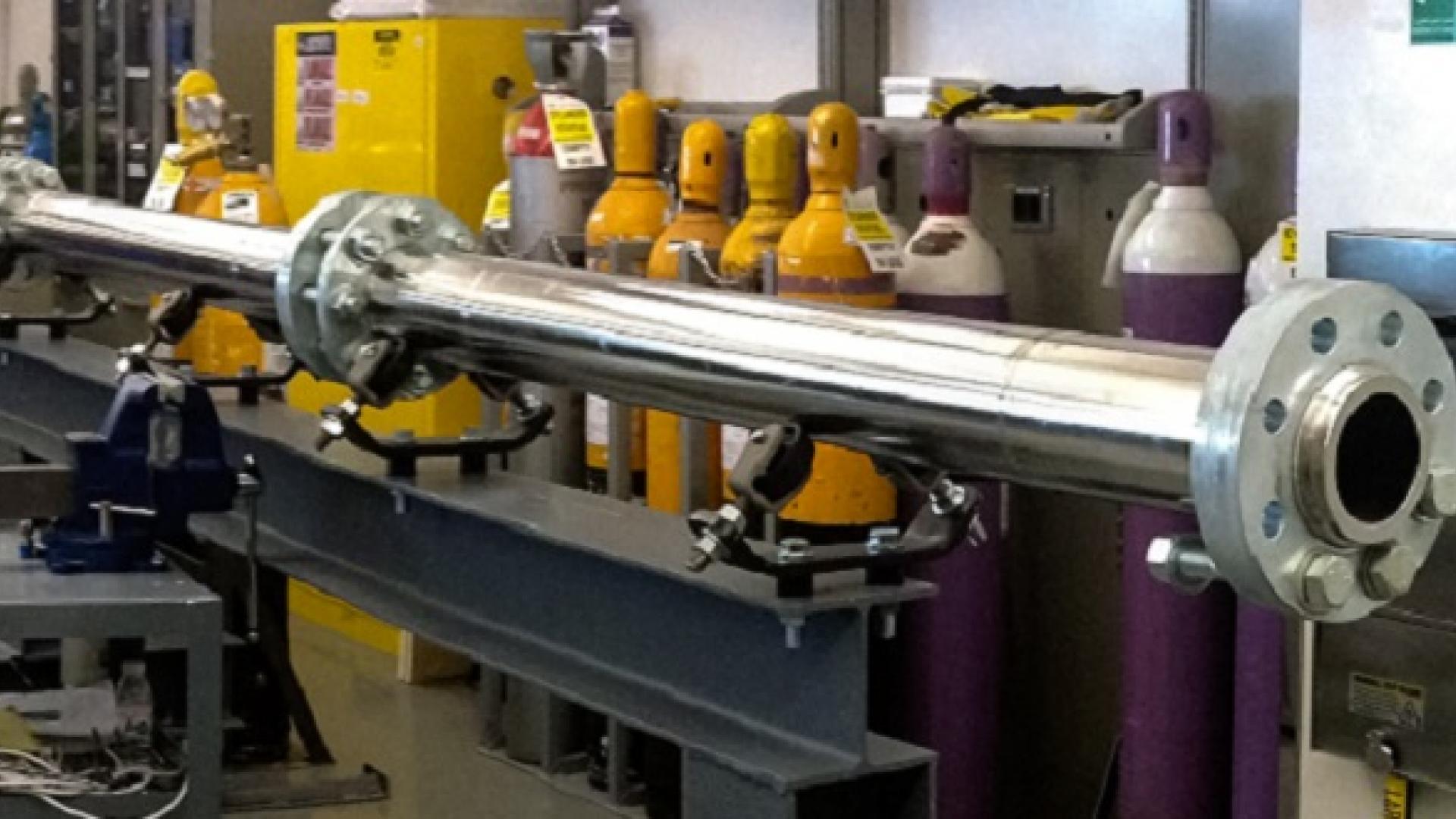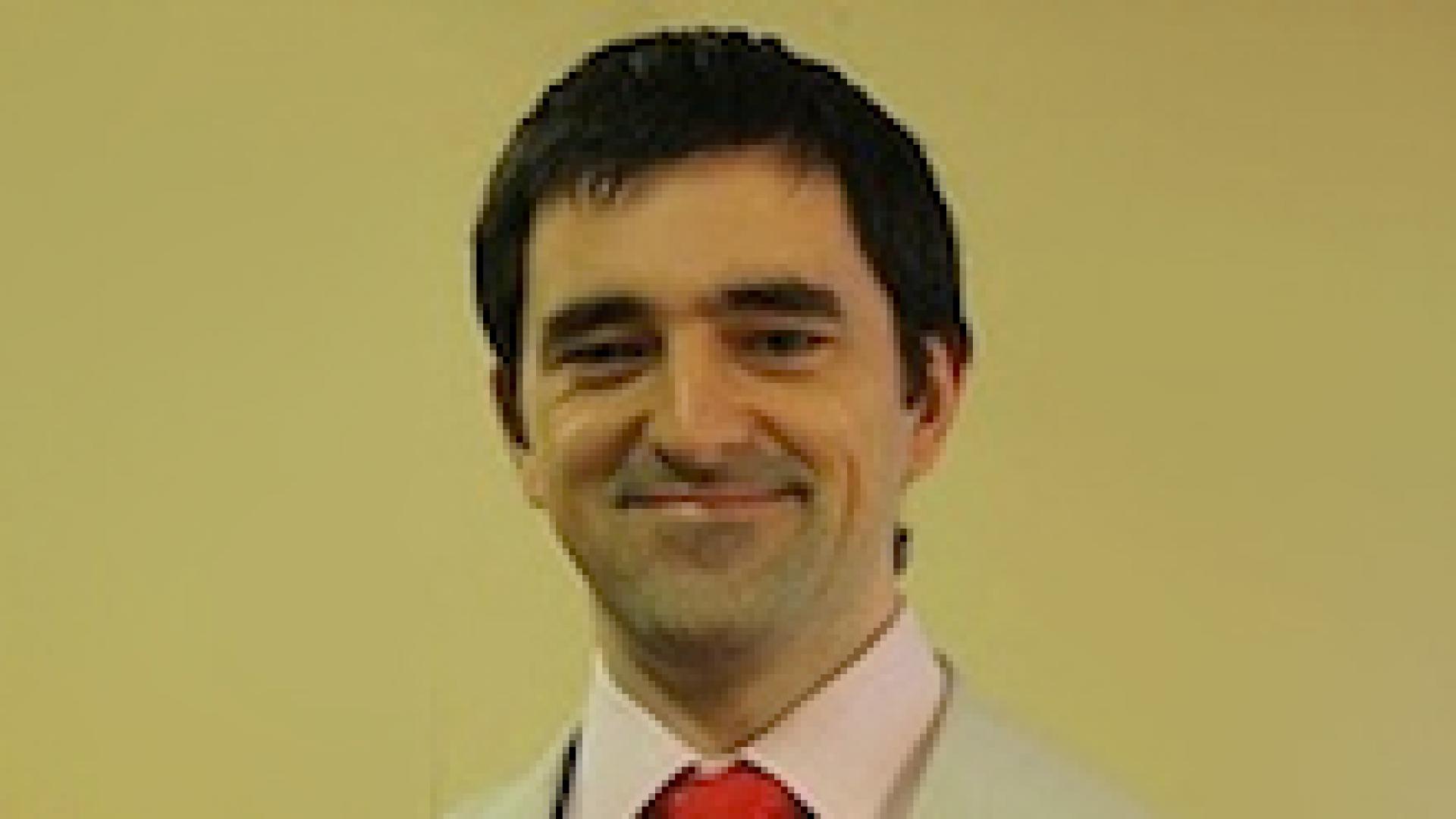I discuss using single level and multilevel Monte Carlo methods to compute quantities of interests of a stochastic particle system in the mean-field. In this context, the stochastic particles follow a coupled system of Ito stochastic differential equations (SDEs).
During the period August 15 until August 31 Prof. Tempone and part of his KAUST research group will be visiting Prof. Nobile’s research group at EPFL.
The challenge of optimal information gathering-for the purpose of inference, prediction, design, or control-pervades fields ranging from geophysics to chemical engineering and beyond. These questions can be formalized through the framework of optimal experimental design. Yet extending classical design methodologies to tackle problems of greater scale and dynamic complexity, and to find optimal sequential designs, requires new algorithms and formulations.
We perform a general optimization of the parameters in the Multilevel Monte Carlo (MLMC) discretization hierarchy based on uniform discretization methods with general approximation orders and computational costs. We optimize hierarchies with geometric and non-geometric sequences of mesh sizes and show that geometric hierarchies are nearly optimal and have the same asymptotic computational complexity as non-geometric optimal hierarchies.
Approximations of stochastic and multi-parametric differential equations may lead to extremely high dimensional problems that suffer from the so called curse of dimensionality. Computational tractability may be recovered by relying on adaptive low-rank/sparse approximation.
Dr. Kody Law has been a research scientist at the SRI UQ Center since June 2013. During this time his focus has been on inverse uncertainty quantification, including sequential data assimilation as well as static sampling algorithms. Most notably, recent work involves lifting multilevel Monte Carlo algorithms to the Bayesian computation context.
In this talk, we present a novel multilevel Monte Carlo method for kinetic simulation of stochastic reaction networks characterized by fast and slow reaction channels. To produce efficient simulations, we automatically classify the reaction channels into fast and slow classes. To this end, we first introduce the concept of the level of activity of a reaction channel, which depends on the current state of the system.
Dr. A.Litvinenko is invited to visit the research group of Prof. Dr. Peter Benner "Computational Methods in Systems and Control Theory" at the Max Planck Institute for Dynamics of Complex Technical Systems, Magdeburg, Germany.
Alexander Litvinenko was invited to Goethe Center for Scientific Computing, Goethe University Frankfurt, Germany, to give a lecture course "Introduction to tensors: different formats, arithmetics, ranks, few examples".
A fast computational method optimizes sensor measurement networks for noisy, sparsely observed environments.
n this work, we present an extension to the context of Stochastic Reaction Networks (SRNs) of the forward-reverse representation introduced in "Simulation of forward-reverse stochastic representations for conditional diffusions", a 2014 paper by Bayer and Schoenmakers.
We perform a general optimization of the parameters in the Multilevel Monte Carlo (MLMC) discretization hierarchy based on uniform discretization methods with general approximation orders and computational costs.
In this work, we present a novel multilevel Monte Carlo method for kinetic simulation of stochastic reaction networks characterized by fast and slow reaction channels. To produce efficient simulations, we automatically classify the reaction channels into fast and slow classes. To this end, we first introduce the concept of the level of activity of a reaction channel, which depends on the current state of the system.
In this work, we present an extension to the context of Stochastic Reaction Networks (SRNs) of the forward-reverse representation introduced in "Simulation of forward-reverse stochastic representations for conditional diffusions", a 2014 paper by Bayer and Schoenmakers. We apply this stochastic representation in the computation of efficient approximations of expected values of functionals of SNR bridges, i.e., SRNs conditioned to its values in the extremes of given time-intervals.
In this work, we present a novel multilevel Monte Carlo method for kinetic simulation of stochastic reaction networks characterized by fast and slow reaction channels. To produce efficient simulations, we automatically classify the reaction channels into fast and slow classes. To this end, we first introduce the concept of the level of activity of a reaction channel, which depends on the current state of the system.








